Why Accessibility Matters in Your Home Purchase Decision
As a pharmacy assistant, you understand the importance of accessibility in healthcare environments. This same principle applies when buying a home with enhanced accessibility features. Whether you're planning for future needs, caring for family members, or addressing current mobility requirements, accessible homes offer long-term value and comfort.
Accessible properties often include features such as:
• Wheelchair-friendly doorways and hallways
• Ramp access and level entries
• Modified bathroom facilities with grab rails
• Single-level living arrangements
• Accessible kitchen designs with lower countertops
• Parking spaces close to entrances
How Home Finance & Mortgage Brokers Support Your Accessibility Goals
Working with experienced Mortgage Brokers provides significant advantages when purchasing accessible properties. These professionals can access Home Loan options from banks and lenders across Australia, ensuring you find suitable financing regardless of property type or modifications required.
Mortgage brokers understand that accessible homes may have different valuations or require additional considerations during the application process. They can guide you through various loan products while explaining how property modifications might affect your loan amount or borrowing capacity.
Financing Considerations for Accessible Properties
Property Valuations and LVR Impact
Accessible features can influence property valuations, which directly affects your loan to value ratio (LVR). Some modifications may increase property value, while others might be viewed neutrally by valuers. Understanding these implications helps you plan your deposit requirements and potential lenders mortgage insurance (LMI) costs.
Interest Rate Options
Accessible properties qualify for the same interest rate products as standard homes. You can choose between:
• Variable interest rate loans for flexibility
• Fixed interest rate home loans for payment certainty
• Split loan arrangements combining both options
Your mortgage broker can explain variable home loan rates versus fixed options, helping you select the most suitable structure for your financial situation.
Additional Costs to Consider
Buying a home with accessibility features involves standard purchase costs plus potential modifications:
• Stamp duty based on property value
• Building inspections focusing on accessibility compliance
• Potential renovation costs for further modifications
• Ongoing maintenance for specialized equipment
The Home Loan Application Process for Accessible Properties
Applying for a home loan follows standard procedures regardless of accessibility features. However, additional documentation might be required if you're planning significant modifications post-purchase.
Required Documentation
The streamlined application process typically requires:
• Recent bank statements
• Employment verification
• Details of existing debts
• Property information including accessibility features
• Modification plans if renovations are intended
Pre-Approval Advantages
Securing Home Loan pre-approval provides clarity on your borrowing capacity before property searching. This approach helps you focus on suitable accessible properties within your budget range while demonstrating serious buyer intent to vendors.
Maximizing Your Home Loan Structure
Offset Account Benefits
An offset account can reduce interest payments on your home loan while maintaining funds for potential accessibility modifications. This flexibility proves valuable if you plan gradual improvements or need emergency funds for equipment maintenance.
Interest Rate Discounts
Many lenders offer interest rate discounts for professional borrowers, including healthcare workers. Your mortgage broker can identify which lenders provide preferential rates for pharmacy assistants, potentially reducing your overall borrowing costs.
Planning for Future Accessibility Needs
When calculating home loan repayments, consider future modification costs alongside standard mortgage payments. Properties with existing accessibility features may cost more initially but can save significant renovation expenses later.
Building home equity over time provides options for future modifications through refinancing or additional borrowing. Discussing these possibilities with your mortgage broker during initial applications ensures your loan structure supports long-term accessibility goals.
Working with Property Market Professionals
The property market for accessible homes requires specialized knowledge. Mortgage brokers experienced in this sector understand which lenders view accessibility modifications favorably and can guide you toward supportive financial institutions.
Some lenders offer specific programs for accessible property purchases or modifications, while others provide standard products with flexible application criteria. Professional guidance ensures you access the most suitable Home Loan options available.
Purchasing an accessible home represents a significant investment in comfort, independence, and future planning. Professional mortgage brokers provide essential support throughout this process, ensuring you secure appropriate financing while understanding all implications of your property choice.
Call one of our team or book an appointment at a time that works for you to discuss your accessible home purchase plans.



